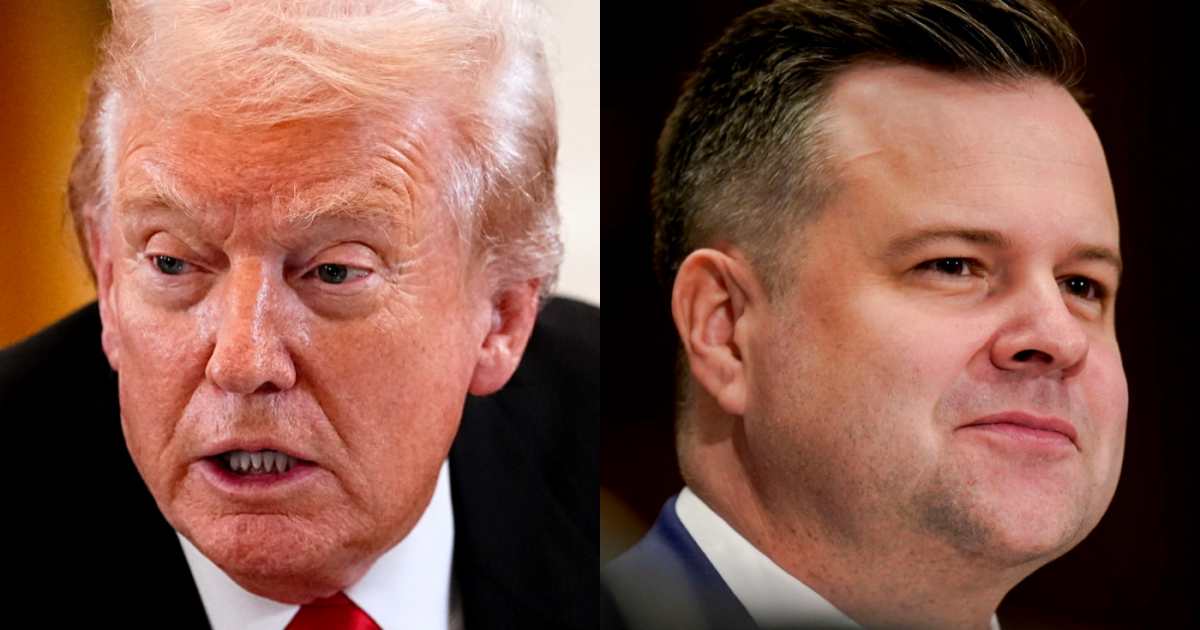
U.S. economic growth slid to an almost two-year low last quarter while inflation jumped to uncomfortable levels, interrupting a run of strong demand and muted price pressures that had fueled optimism for a soft landing.
Gross domestic product increased at a 1.6% annualized rate, below all economists' forecasts, the government's initial estimate showed. The economy's main growth engine — personal spending — rose at a slower-than-forecast 2.5% pace. A wider trade deficit subtracted the most from growth since 2022.
A closely watched measure of underlying inflation advanced at a greater-than-expected 3.7% clip, the first quarterly acceleration in a year, the Bureau of Economic Analysis report showed Thursday.
The figures represent a notable loss of momentum at the start of 2024 after the economy wrapped up a surprisingly strong year. With the inflation pickup, Federal Reserve policymakers — who were already expected to hold interest rates at a two-decade high when they meet next week — may face renewed pressure to further delay any cuts and even to consider whether borrowing costs are high enough.
Treasuries slid and the S&P 500 opened lower, with traders pushing out the expected timing of the Fed's first interest-rate cut to later this year.
"The hot inflation print is the real story in this report," Olu Sonola, head of US economic research at Fitch Ratings, said in a note. "If growth continues to slowly decelerate, but inflation strongly takes off again in the wrong direction, the expectation of a Fed interest rate cut in 2024 is starting to look increasingly more out of reach."
The first-quarter pickup in inflation was driven by a 5.1% jump in service-sector inflation that excludes housing and energy, nearly double the prior quarter's pace. March figures on inflation, consumer spending and income are due Friday.
Federal government spending subtracted from GDP for the first time in two years. Business inventories dragged for a second straight quarter.
Stripping out inventories, government spending and trade, inflation-adjusted final sales to private domestic purchasers — a key gauge of underlying demand — rose at a 3.1% rate.
The GDP report showed outlays for services rose by the most since the third quarter of 2021, fueled by health care and financial services. Spending on goods decreased for the first time in more than a year, restrained by motor vehicles and gasoline.
Residential investment jumped at a nearly 14% annual rate, the fastest since the end of 2020 and underscoring builder efforts to boost inventory.
"The economy continued to expand at an above-trend pace when excluding volatile categories. In addition, strong imports are an indication of continued solid demand which is not what the Fed wants," said Eliza Winger, Bloomberg economist.
At next week's Fed meeting, traders will parse Chair Jerome Powell's comments for clues about the latest thinking around easing policy. He's previously said that growth can run at a faster rate without stoking inflation thanks to supply-side improvements like immigration, which is
Separate data out Thursday showed initial applications for unemployment benefits fell to 207,000 last week, the lowest level in two months. Continuing claims also decreased.
The GDP and inflation figures represent more hurdles for President Joe Biden, who has been trying to convince Americans he's been doing a good job on the economy. Consumer sentiment has moved sideways in recent months, and voters in key swing states are pessimistic about the outlook.



